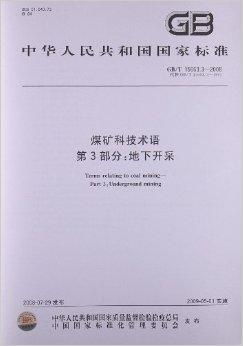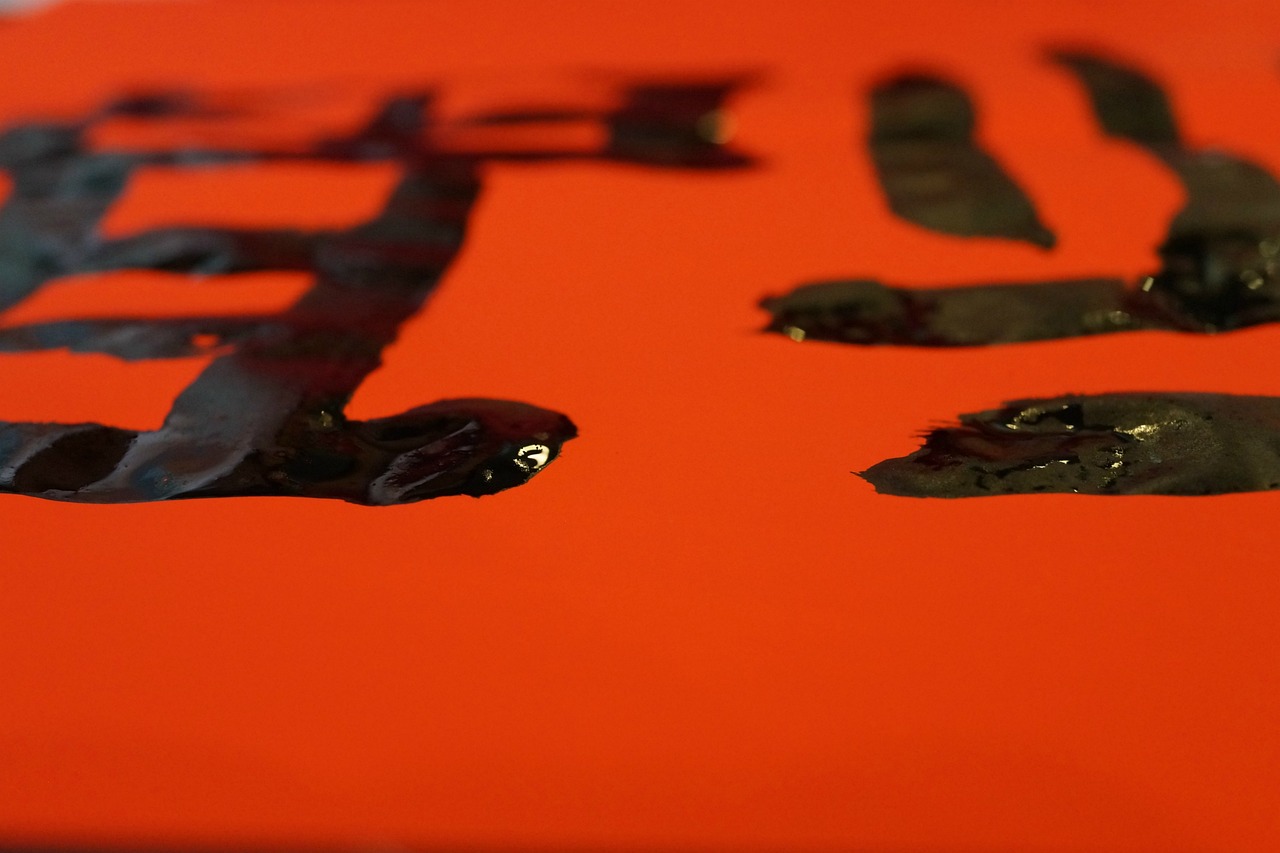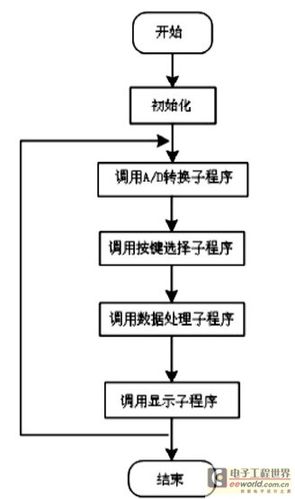Title: Exploring Insect Technology: A Glossary of Key Terms
Insect technology, also known as entomotechnology, refers to the innovative use of insects in various fields such as agriculture, medicine, and environmental sustainability. Here, we'll explore some key terms related to insect technology:
1. Entomology: The scientific study of insects, including their biology, behavior, ecology, and taxonomy. It plays a crucial role in understanding the potential applications of insects in technology.
2. Entomophagy: The practice of consuming insects as food. Insectbased protein sources are gaining attention as a sustainable and nutritious alternative to traditional livestock.
3. Biomimicry: The design and production of materials, structures, and systems that are modeled on biological entities and processes. Insect biomimicry often involves replicating the unique characteristics or behaviors of insects to develop innovative technologies.
4. Beekeeping: The maintenance of bee colonies, primarily for the purpose of harvesting honey and other bee products. Bees also play a vital role in pollination, making beekeeping essential for crop production.

5. Insect Farming: The deliberate cultivation of insects for various purposes, such as food production, animal feed, and waste management. Insect farming has the potential to address global food security and environmental challenges.
6. Apiculture: The practice of beekeeping, specifically focusing on the management of honeybee colonies for the production of honey, beeswax, propolis, and royal jelly.
7. Silkworm Rearing: The process of raising silkworms for the production of silk. Sericulture, the cultivation of silkworms, has been an integral part of textile manufacturing for centuries.
8. Integrated Pest Management (IPM): An environmentally sensitive approach to pest management that relies on a combination of techniques, including biological control using natural predators and parasites, to minimize the use of chemical pesticides.
9. Insect Sensors: Miniaturized sensors inspired by the sensory organs of insects, which can be used for environmental monitoring, security, and biomedical applications.
10. Insectinspired Robotics: The development of robotic systems that mimic the locomotion, sensing, and behavior of insects. This field draws insights from entomology to create agile and efficient robots for various purposes.
As the world continues to face unprecedented challenges in areas such as food production, resource conservation, and public health, the potential of insect technology to offer sustainable solutions is becoming increasingly apparent. Embracing the knowledge and applications of insect technology can pave the way for innovative breakthroughs in diverse industries. Whether it's through harnessing the power of insects for sustainable agriculture or drawing inspiration from their remarkable abilities for technological advancement, the intersection of insects and technology presents vast opportunities for the future.
In summary, the utilization of insect technology opens up new frontiers in various domains, and familiarizing oneself with the pertinent terminology is an essential step in engaging with this rapidly evolving field.
This glossary serves as a starting point for individuals interested in delving into the multifaceted world of insect technology, providing a glimpse into the diverse applications and concepts that form the backbone of this fascinating discipline.










